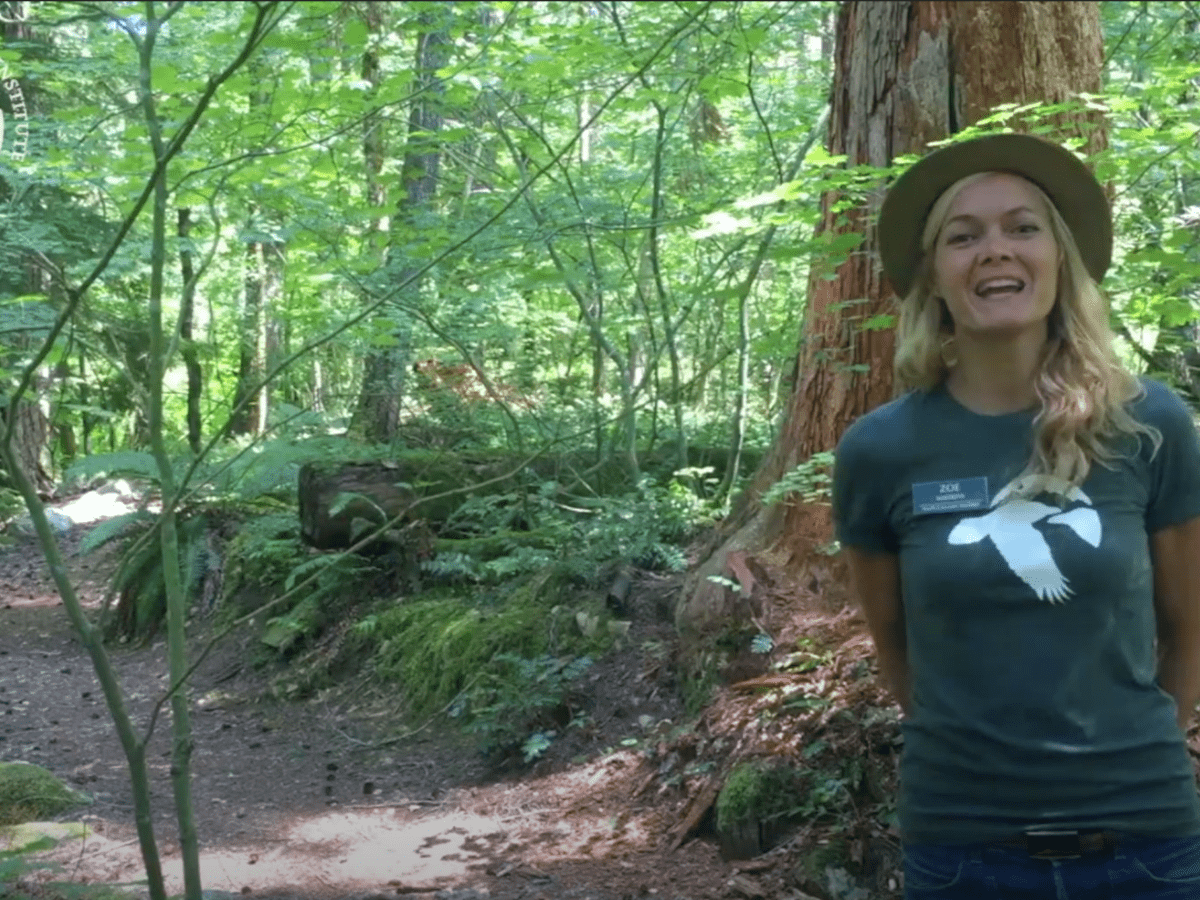
Phenology with Zoe in the North Cascades
To engage in the process of phenology is to engage with the cyclical, seasonal phenomena occurring in the world all around you. Or, in other words, tuning into nature’s calendar. This process includes noticing, observing and documenting plant, animal and any other seasonal change with consistency over a duration of time.
Changes in phenology affect each member in an ecosystem and their ability to thrive in those environments. Food systems, weather events, water access, migrational patterns, all depend on the timing of phenological events. Changes in or disruption to this timing tells us a rich story of an ecosystem’s health and are used as indicators of larger, changing climates.
Join Zoe Wadkins, Institute program coordinator, in the forest around Deer Creek — the vibrant waterway that marks the eastern boundary of our Environmental Learning Center campus — for an exploration of the practice of phenology.
What can we learn about an ecosystem by observing it through the seasons and the years? What do ecological changes in small areas tell us about larger areas? In this first video, Zoe guides us in to the deep layers of the natural world around us.
Next, join Zoe for an exploration of what native plants are in bloom or producing fruit, and a special appearance of California gulls.
Zoe ponders what we can learn about the natural world around us by observing and analyzing changes over longer periods of time, like the different blooming and fruiting dates of native plants.

